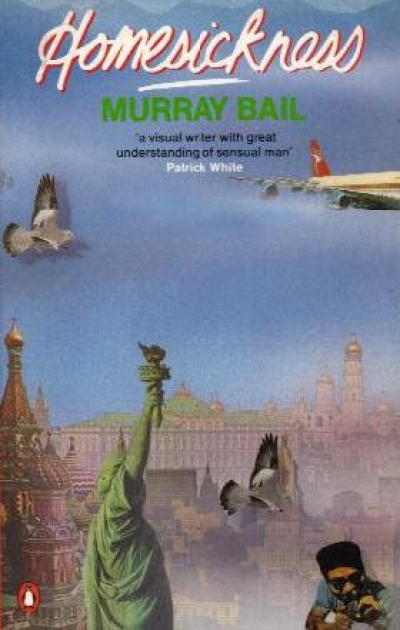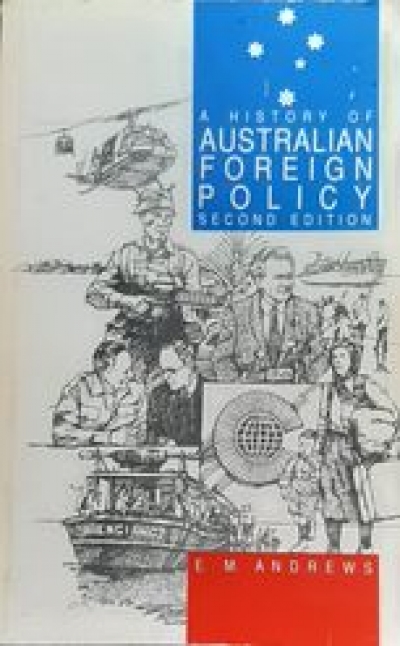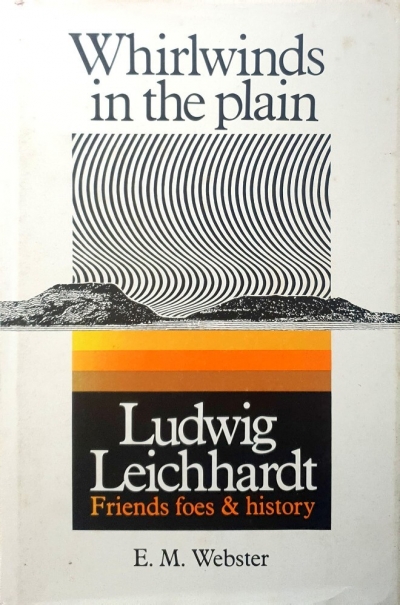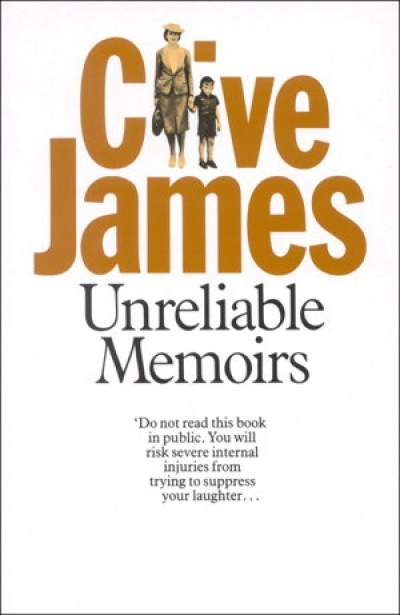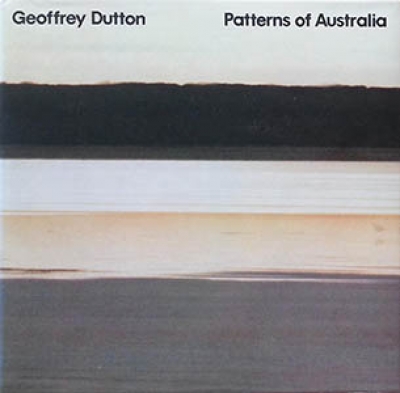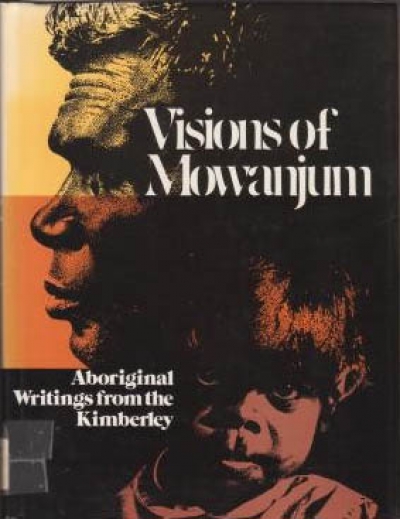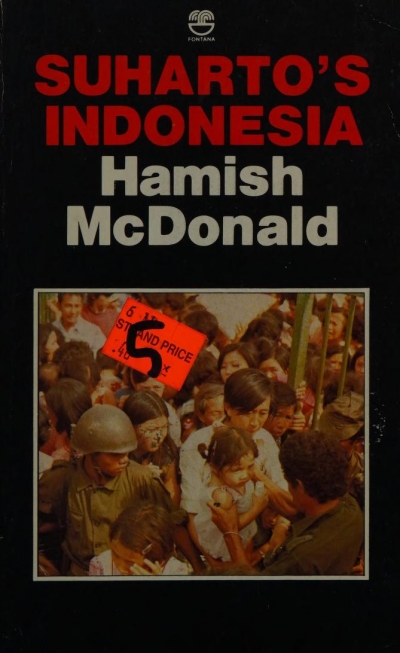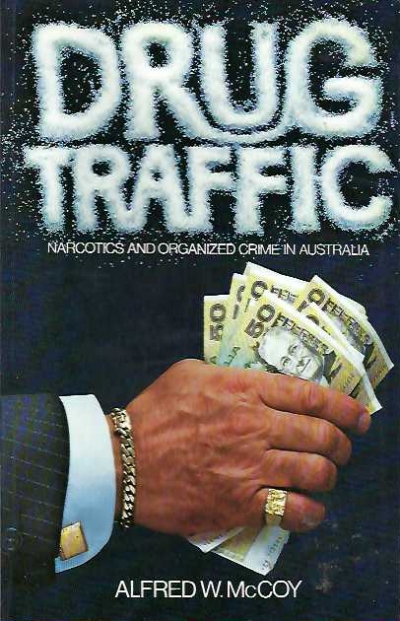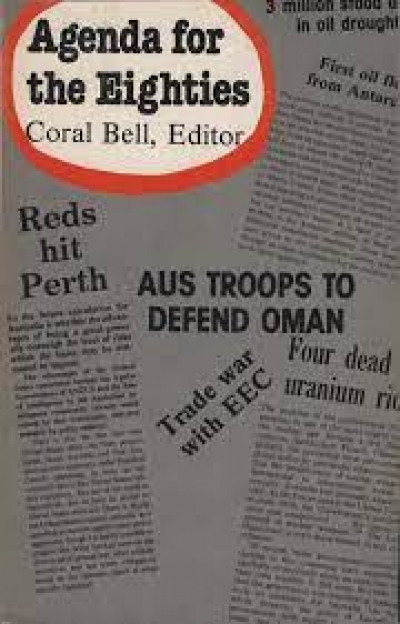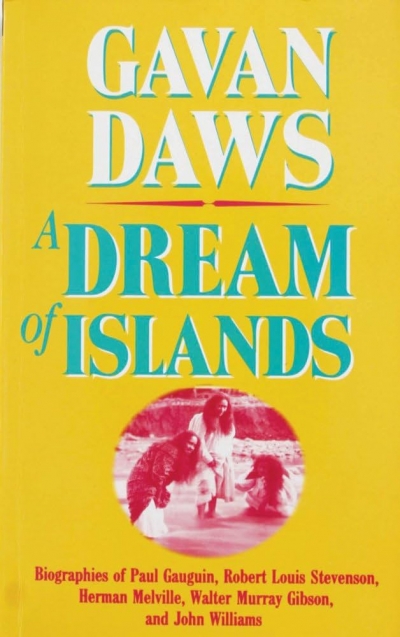Archive
Homesickness by Murray Bail & Monkeys in the Dark by Blanche d’Alpuget
by Alan Gould •
A History of Australian Foreign Policy: From dependence to independence by E.M Andrews
by Geoffrey Williams •
Whirlwinds in the Plain by Elsie M. Webster & The Mystery of Ludwig Leichhardt by Gordon Connell
by Gordon Kidd •
Visions of Mowanjum: Aboriginal Writings from the Kimberley by Daisy Utemomorrah et al; Maisie McKenzie
by David Martin •
Drug Traffic, narcotics and organized crime in Australia by Alfred W. McCoy
by George Munster •
Agenda for the Eighties: Contexts of Australian choices in foreign defence policy edited by Coral Bell
by Geoffrey Williams •

